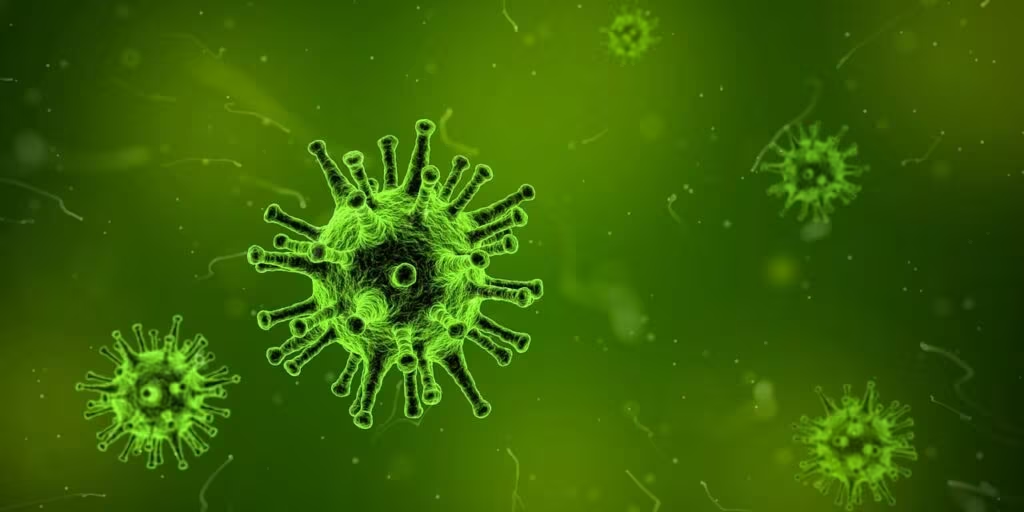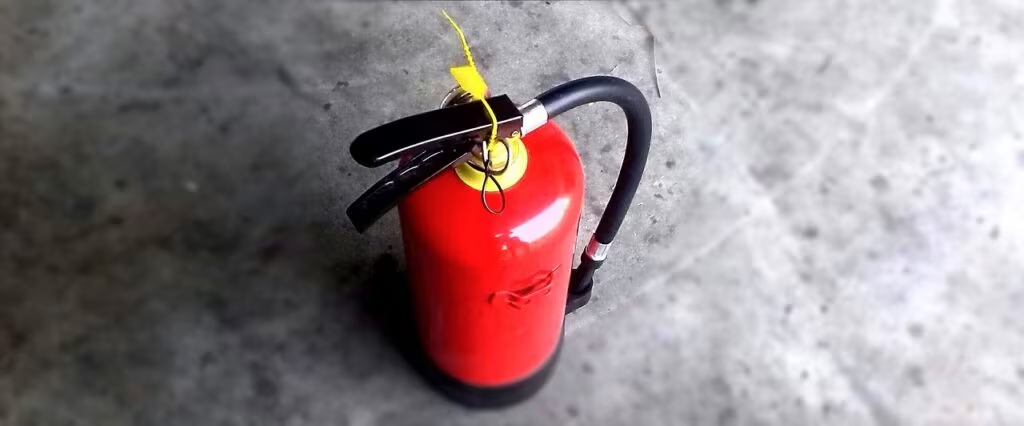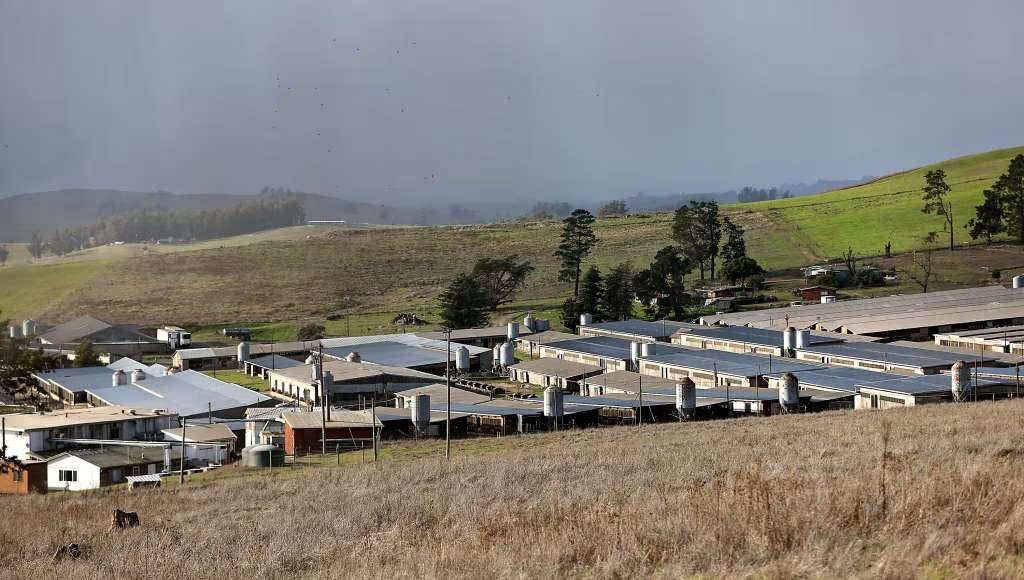Highly Pathogenic Avian Influenza Returns to Sonoma
The highly pathogenic avian influenza (HPAI), commonly known as bird flu (H5N1), has officially returned to California, marking the start of the 2025-26 winter season outbreaks. Sonoma County, a major hub for poultry and egg production, is the epicenter of these initial cases, confirming two separate outbreaks in late October 2025.
This news immediately triggers heightened concern among agricultural officials and local producers, as the previous year’s outbreaks caused devastating losses across the state and the nation. The swift confirmation of H5N1 signals that the virus, often carried by migratory waterfowl, is once again circulating in the region.
The Initial Outbreaks: Reichardt Duck Farm and Local Egg Producers
The first confirmed case involves a large-scale operation: Reichardt Duck Farm, situated in the rolling hills between Petaluma and the Two Rock area. The owner of the facility confirmed the presence of the virus, initiating immediate response protocols by state and federal agricultural agencies.
Simultaneously, a second, separate outbreak was confirmed at an unnamed egg farm also located within Sonoma County. The dual nature of these initial detections—affecting both duck and chicken operations—underscores the pervasive risk HPAI poses to diverse poultry sectors.

Standard Response: Depopulation and Quarantine Measures
Following established protocols for HPAI detection, the immediate response focuses on containment and eradication to protect the broader agricultural community. These measures are mandatory and rigorously enforced by the California Department of Food and Agriculture (CDFA) and the U.S. Department of Agriculture (USDA):
- Depopulation: All birds on the affected premises are humanely culled (depopulated) to prevent further transmission of the virus. This is a painful but necessary step to halt the spread of the highly contagious disease.
- Quarantine Zones: Regulatory quarantine zones are established, typically extending in a 10-kilometer (6.2-mile) radius around the infected farms. Movement of poultry, eggs, and related equipment within and out of these zones is severely restricted and monitored.
- Cleaning and Disinfection: The affected facilities undergo rigorous cleaning and disinfection procedures to eliminate viral residue before restocking can be considered.
Understanding H5N1: A Persistent Threat
H5N1 is classified as Highly Pathogenic Avian Influenza (HPAI) due to its ability to cause severe illness and high mortality rates in domestic poultry. The virus is primarily introduced to commercial farms by wild migratory birds, which often carry the virus without showing symptoms, contaminating water sources, feed, or equipment.
Historical Context and Economic Impact
The 2024-25 winter season saw record-breaking HPAI outbreaks globally, leading to the culling of tens of millions of birds across the United States. This historical context makes the early detection in Sonoma County particularly alarming, as it suggests the virus is following a similar, aggressive seasonal pattern.
Economic Implications:
- Supply Disruption: The depopulation of large flocks, especially at major producers like Reichardt Duck Farm, immediately impacts the supply chain for specialty poultry and eggs, potentially leading to price volatility for consumers.
- Trade Restrictions: International trading partners often impose immediate restrictions or bans on poultry products originating from affected regions, harming the export market.
- Biosecurity Costs: Farmers across the region must significantly increase their biosecurity investments, including enhanced screening, protective gear, and restricted access, adding to operating expenses.

Implications for Consumers and Public Health
While the primary concern remains the health of the poultry population, consumers often have immediate questions regarding the safety of poultry products and the risk of human transmission.
Food Safety and Consumption
Agricultural and health authorities consistently emphasize that properly handled and cooked poultry and eggs are safe to eat. The H5N1 virus is destroyed by standard cooking temperatures. The USDA and CDFA maintain strict inspection standards to ensure that only healthy birds enter the food supply chain. Consumers should continue to follow basic food safety guidelines:
- Cook poultry to an internal temperature of 165°F (74°C).
- Avoid cross-contamination between raw poultry and other foods.
Human Health Risk
The risk of human infection from H5N1 remains extremely low for the general public. Human cases typically occur only in individuals who have had prolonged, unprotected contact with infected birds (e.g., farm workers or cull teams). Public health agencies are closely monitoring the situation, but the current threat level for widespread human infection is not elevated.
Key Takeaways and Outlook
The confirmation of HPAI in Sonoma County signals the start of the 2025-26 winter season challenge for California agriculture. Here are the essential points readers need to know:
- What Happened: Avian Influenza (H5N1) confirmed at Reichardt Duck Farm and a separate egg farm in Sonoma County.
- When: Late October 2025, marking the first outbreaks of the new winter season.
- Action: Immediate depopulation of affected flocks and establishment of regulatory 10 km quarantine zones.
- Impact: Expect potential short-term supply disruptions and increased prices for local poultry and eggs due to reduced production capacity.
- Safety: Properly cooked poultry and eggs remain safe for consumption. The risk to the general public is low.
What’s Next
Agricultural officials will now focus on intensive surveillance within the quarantine zones, testing nearby flocks, and monitoring wild bird populations. The success of containment efforts hinges on the vigilance of surrounding farms and the strict adherence to biosecurity protocols for the remainder of the migratory bird season. The industry is bracing for what could be another challenging period, urging all producers to report unusual bird deaths immediately.
Original author: Phil Barber
Originally published: October 30, 2025
Editorial note: Our team reviewed and enhanced this coverage with AI-assisted tools and human editing to add helpful context while preserving verified facts and quotations from the original source.
We encourage you to consult the publisher above for the complete report and to reach out if you spot inaccuracies or compliance concerns.

